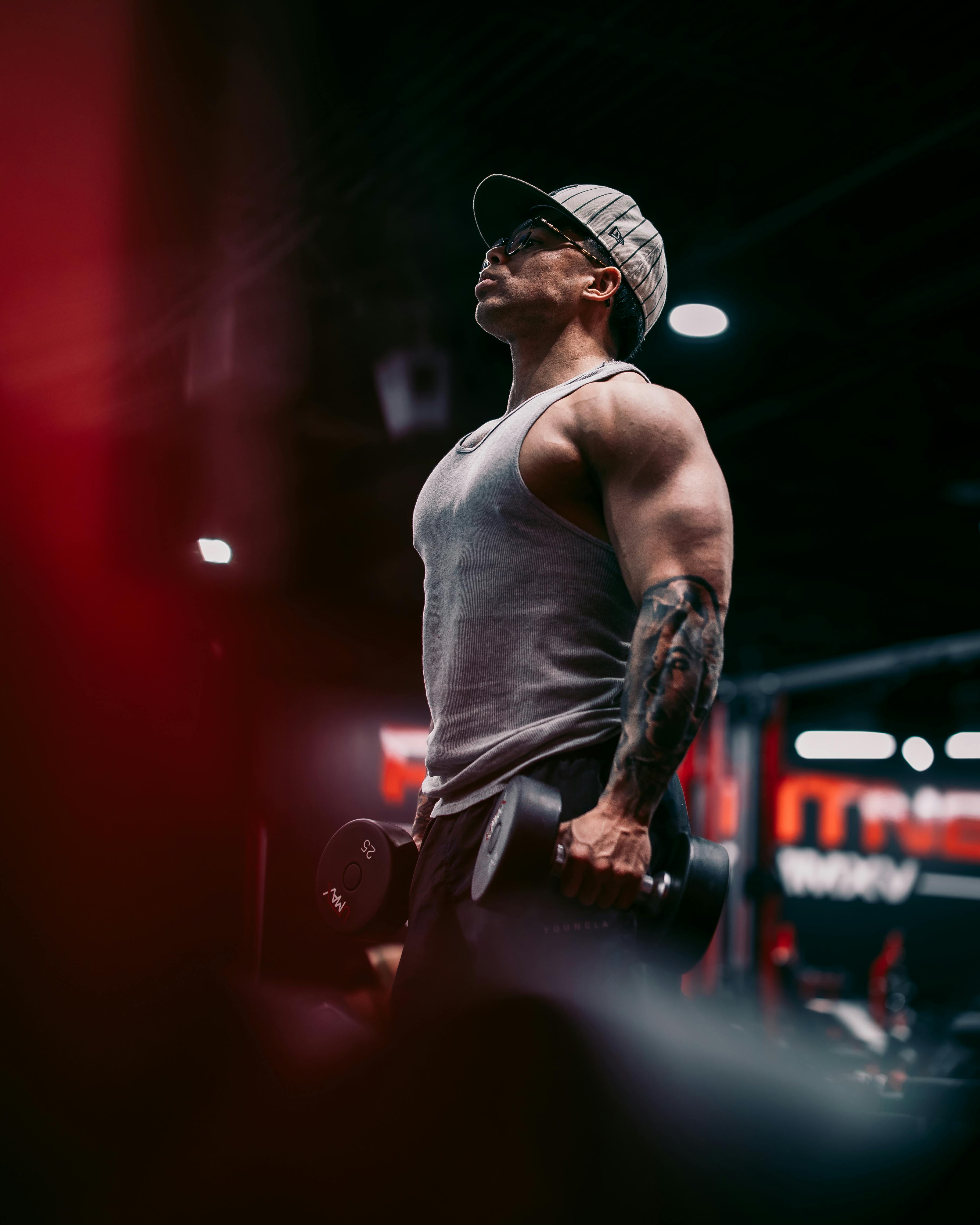Effective Ways to Cook a Ribeye Steak to Perfection in 2025
Essential Tips for Selecting the Perfect Ribeye Steak
Choosing the right cut of ribeye steak is crucial for achieving the ultimate flavor and tenderness. When shopping for ribeye, look for a steak with good marbling, as the fat is key to its rich flavor and juiciness. A higher fat content often indicates a more succulent cut, making your cooking experience worthwhile. Additionally, pay attention to the thickness of the steak; a thickness of 1.5 to 2 inches is ideal for achieving the desired doneness without compromising the steak's integrity.
When selecting ribeye, consider not just the appearance but also the USDA grading. Prime ribeye steaks provide superior marbling and tenderness, whereas choice and select grades offer a more budget-friendly option. Ultimately, your choice will affect flavor, texture, and the overall dining experience.
Finally, consider purchasing your ribeye steak from local butcher shops or high-quality grocery stores. This can often lead to fresher options and valuable advice on cooking techniques from seasoned professionals.
Mastering Ribeye Steak Cooking Techniques
Mastering different cooking techniques can elevate your ribeye steak from ordinary to extraordinary. The best way to cook a ribeye largely depends on your cooking preferences and available equipment. Popular methods include grilling, pan-searing, and using sous vide.
For grilling, preheat your grill to high heat, allowing those beautiful grill marks to form while sealing in the juices. A perfectly grilled ribeye should be seared on both sides, achieving an internal temperature of your liking. Remember to check for ribeye doneness levels, ensuring it reaches medium-rare at around 130°F.
On the other hand, pan-searing gives you a delicious crust on the outside, making it ideal for achieving that mouth-watering steak crust. Use a cast-iron skillet for even heat distribution and excellent browning. Don't forget to baste with garlic butter for an added layer of flavor that enhances your ribeye steak experience.
Sous vide cooking is another innovative technique worth considering. This method allows for precision cooking, ensuring that your ribeye reaches the perfect internal temperature while remaining incredibly tender and juicy.
As you explore these techniques, experimenting with different marinades and seasonings will introduce exciting flavors to your ribeye steak. You may try a simple ribeye steak recipe with a blend of herbs, garlic, and olive oil for a classic taste.

Perfecting Your Ribeye Steak Seasoning
Seasoning your ribeye steak is critical to enhancing its natural flavors. The best way to cook ribeye is to adopt simple yet effective seasoning strategies. A good rule of thumb is to use kosher salt and freshly cracked black pepper as the base. This classic combination is often all you need to elevate the robust taste of ribeye.
For those seeking a more complex flavor profile, consider incorporating garlic powder, onion powder, or even a ribeye steak rub of your choice. For a gourmet touch, try seasoning with herbs like rosemary or thyme, which pair excellently with red meats. Additionally, marinating ribeye steak overnight can lead to profound flavor penetration, ensuring each bite is delightful.
Don't overlook finishing touches post-cooking; a compound butter with blue cheese or herbs will melt over the hot steak, creating an irresistible flavor enhancement. Remember that the presentation is equally important—using garnishes such as fresh herbs can elevate your plate and make dinner visually appealing.
Understanding Ribeye Steak Doneness Levels
Knowing the various ribeye steak doneness levels is essential for cooking to perfection. Each level offers a different texture and flavor profile, catering to various preferences. Here’s a quick guide to the doneness levels and their corresponding internal temperatures:
- Rare: 120-125°F - Cool center, very pink.
- Medium Rare: 130-135°F - Warm center with a pinkish hue.
- Medium: 140-145°F - Pink center, firm exterior.
- Medium Well: 150-155°F - Slightly pink, mostly cooked through.
- Well Done: 160°F and above - Completely cooked with no pink.
Each guest may have a preference, so it's handy to keep a meat thermometer close by to check the ribeye steak internal temperature as it cooks. Allowing your steak to rest after cooking is crucial as well, allowing the juices to redistribute and enhancing overall tenderness.
Delicious Ribeye Steak Pairings and Sides
Exploring ribeye steak pairings can enhance your meal exponentially. Traditional choices include pairing your perfectly cooked ribeye with classic sides, such as garlic mashed potatoes, roasted asparagus, or a fresh garden salad. Each of these accompaniments complements the rich and savory flavor of the steak.
For a novel experience, consider experimenting with innovative pairings. A vibrant chimichurri sauce adds a fresh twist, while sautéed mushrooms and onions provide earthy notes. Another unique option is to serve ribeye steak with seasonal vegetables, amplifying both flavor and nutritional value.
When presenting your ribeye steak, consider plating it with attention to color and texture. Utilizing colorful vegetable sides alongside the steak not only enhances the visual appeal but also creates a dining experience that impresses your guests.
For a creative flair, try offering a ribeye steak with red wine sauce, creating a luxurious touch suitable for special occasions.

Q&A: Common Questions About Cooking Ribeye Steak
Q: How do I tenderize ribeye steak before cooking?
A: For the best results, you can marinate your ribeye steak overnight with acids like vinegar or citrus juice, which assist in breaking down the meat fibers. Physical tenderizing, like using a meat mallet, can also make a significant difference.
Q: What is the best way to cook ribeye on the stove?
A: Start with a hot skillet, use a high smoke point oil, and sear the steak on both sides until it reaches your desired doneness. Basting with butter and herbs adds delicious flavor.
Q: Can I grill ribeye steak perfectly on a charcoal grill?
A: Absolutely! Preheat your charcoal grill and ensure your steak is at room temperature before placing it on the grill. Maintain high heat for searing and then move to indirect heat to finish cooking.
Q: What are some common ribeye steak mistakes to avoid?
A: Key mistakes include not letting the meat rest after cooking, under-seasoning, and cooking straight from the fridge rather than bringing it to room temperature first.
Q: How should I store leftover ribeye steak?
A: Wrap it tightly in foil or plastic wrap and refrigerate. For longer storage, consider freezing the leftover steak for future meals.
